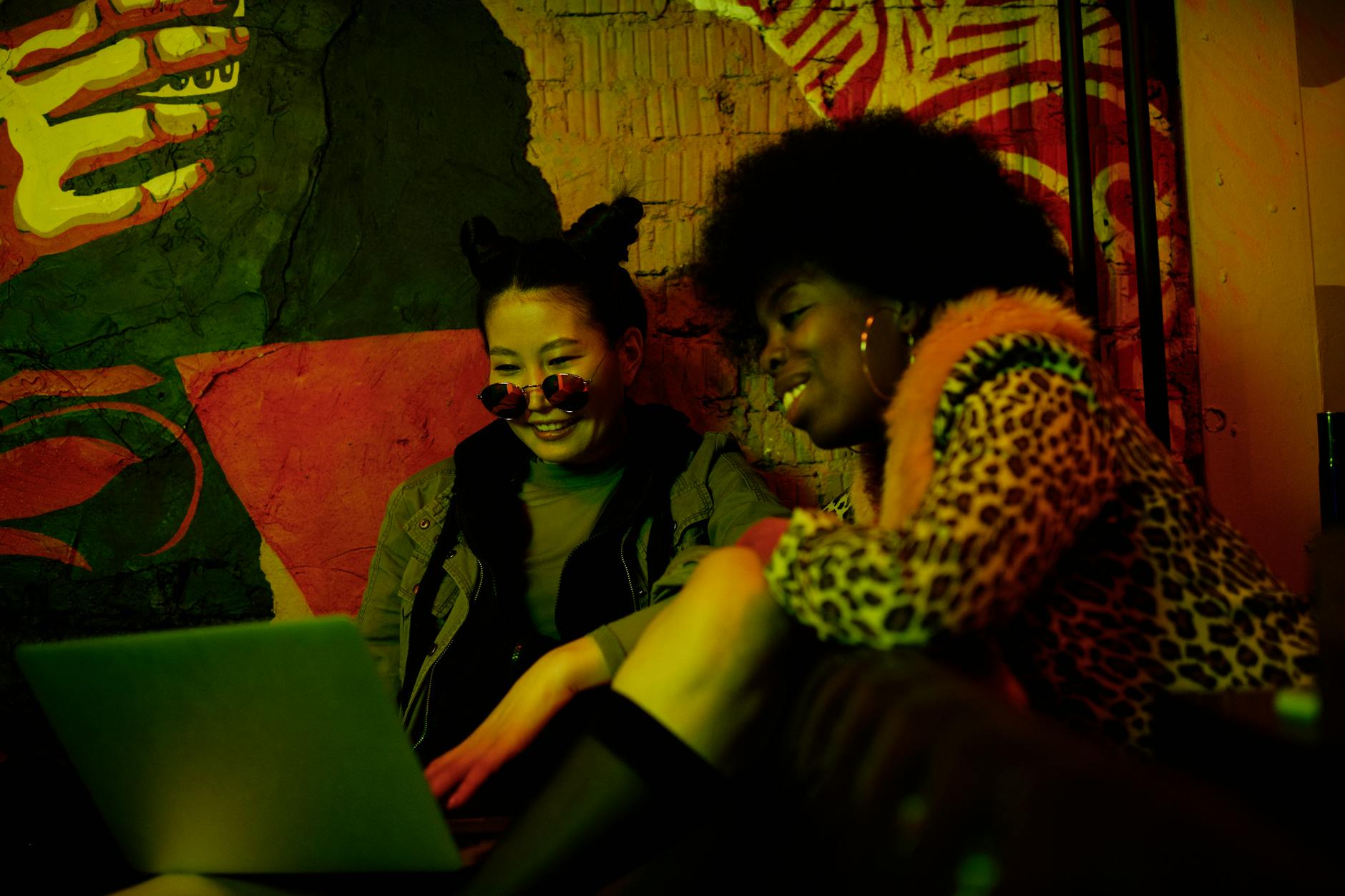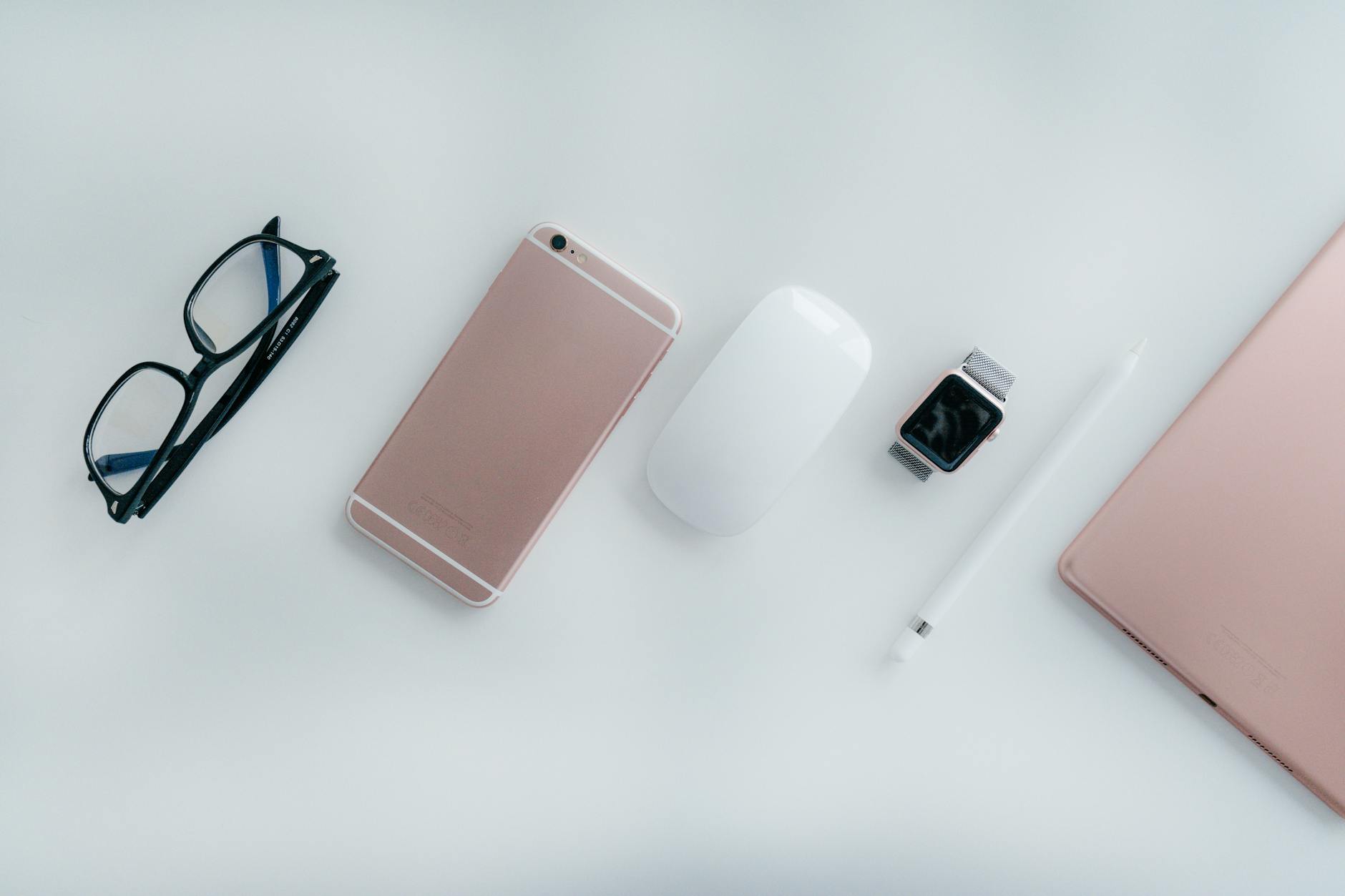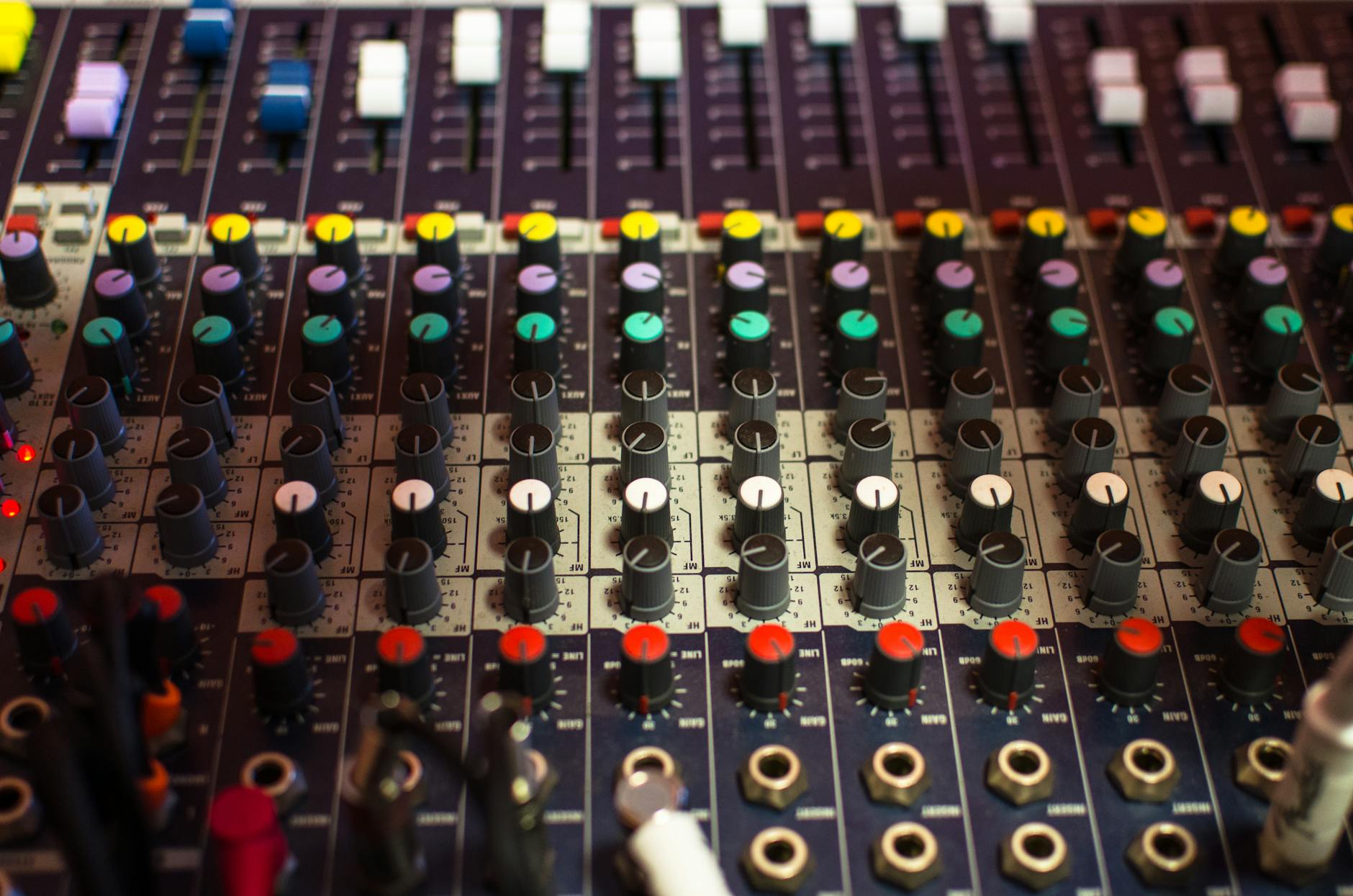Why Technology is Revolutionizing Music Education Across Australia

Impact on Learning Methods
Enhancing Interactive Experiences
Incorporating technology in music education can profoundly enhance interactive experiences. One of my fondest memories as an educator in Adelaide was during the Elder Park gatherings for music festivals, where technology helped bring music to life for students. Devices like a motorised projector screen have transformed traditional lessons into dynamic, visual experiences. These screens can display musical scores or virtual performances, capturing students' attention in ways that a whiteboard simply can't.
Common tools like av cables facilitate seamless connectivity between devices, enabling teachers to provide live demonstrations using software or online resources. This superior quality of sound and video in the classroom ensures that students are fully immersed in their learning environment.
In addition, loudspeakers deliver clear and powerful audio, essential for conducting music assessments or group sessions. Whether we're playing a recorded example of world music or demonstrating the nuances of a particular piece, good audio quality can significantly influence students' comprehension and engagement levels.
These technological advancements are not merely additive; they are transformative in how they redefine interactions and boost engagement in music classrooms. As educators, we have the incredible opportunity to leverage these tools to make our lessons more vibrant and inclusive, giving every student the chance to connect with the material more deeply.
Technology Integration
Digital Tools for Practice
Incorporating digital tools into music education can transform the learning experience for both teachers and students alike. One of the profound shifts I've observed in my years of teaching is the impact of using pro audio equipment in classroom settings. Now and then, as I guide my students to work with this equipment, I recall the vibrant music festivals at Elder Park where I first saw the blend of traditional instruments with modern technology. Such experiences have shown me how digital tools can create new dimensions of sound, engaging students in ways that traditional methods may not achieve.
Virtual Classroom Features
Virtual classrooms offer a plethora of features that make remote learning more interactive. With platforms that support high-quality audio and video sharing, teachers can hold virtual sessions that mirror face-to-face classrooms. Moreover, the integration of acoustic panels can enhance sound quality during online classes, ensuring clarity and minimizing distractions. My students have often remarked on how these simple adjustments make a substantial difference, allowing them to focus entirely on the lesson.
Real-time Feedback Systems
Real-time feedback is another critical aspect of integrating technology into music education. Systems that allow instantaneous critique help students adjust performances on the fly, much like the dynamic environment of a live performance. This approach aligns with the cultural workshops at the Adelaide Festival Centre, where immediate feedback drives creativity and improvement. By providing instant insights, students are more engaged and motivated to fine-tune their skills with each attempt.
Incorporating these technological advancements not only enriches the teaching environment but also empowers students to explore their potential more fully.
Teaching Innovations
Gamification in Education
In my years of teaching, I've seen firsthand how gamification can transform traditional music lessons into engaging and interactive learning experiences. By integrating technology, such as data projectors, educators can easily project music theory games and rhythm exercises onto a large screen, making them accessible and engaging for all students. This method not only captures attention but also encourages participation, turning complex music concepts into fun challenges. When done right, gamification can spark interest and motivate students to dive deeper into their studies, much like the lively performances and activities at cultural workshops at the Adelaide Festival Centre.
Use of AI for Personalisation
Personalisation in education is another arena where technology significantly shines. With artificial intelligence tools, music educators can tailor lessons to meet individual student needs. These AI tools analyse students’ progress and adjust exercises accordingly, ensuring each learner remains challenged but not overwhelmed. I recall using AI software during a lesson, which adeptly suggested personalised chord progressions for each of my students. Tools like these help make learning more effective and enjoyable, promoting creative thinking and problem-solving skills.
Developing Creative Skills
Technology can be an invaluable partner in nurturing creativity in music education. By employing a hearing loop, for instance, educators can ensure that all students, including those with hearing impairments, can experience every nuance of a soundscape, thereby broadening their creative horizons. This commitment to inclusivity mirrors the ethos of the music events held at Tandanya National Aboriginal Cultural Institute, where accessibility and creativity dance hand in hand. By bringing these innovations into the classroom, we can inspire the next generation of musicians and creative thinkers.
Overcoming Challenges
Bridging Technology Gaps
In my years of teaching music, technology has transformed the classroom, yet challenges persist, particularly in bridging technology gaps. During my early forays into integrating tech, like adopting audio equipment for better sound quality, I realised that access is not always equitable. Schools with limited budgets often struggle to catch up, hindering the full potential of interactive learning. Addressing these disparities involves creative strategies, like sourcing second-hand devices or participating in grant programs tailored for educational tech improvements. Furthermore, technology often needs regular updates and maintenance, requiring a proactive approach to ensure everything runs smoothly.
Building Teacher Proficiency
Another hurdle comes with getting colleagues up to speed with new tech tools, such as ptz cameras, which can significantly enhance recording and feedback in music lessons. At cultural workshops at the Adelaide Festival Centre, I've shared insights about these cameras, highlighting their role in capturing dynamic performances and evaluations. Continuous professional development is critical. I've found that teacher workshops and online courses have been instrumental in boosting confidence among educators, providing them with practical, hands-on experience to unleash the full potential of the equipment.
Ensuring Equitable Access
Finally, ensuring every student benefits equally from technological advancements requires attentive planning. Providing inclusive learning experiences means considering diverse needs, something I have witnessed at music events. Incorporating hearing loops, for example, can make concerts and classes more accessible for students with hearing impairments. By fostering a community that embraces technology holistically, we help cultivate an environment where each student can thrive musically, leveraging the tools they need for success.


